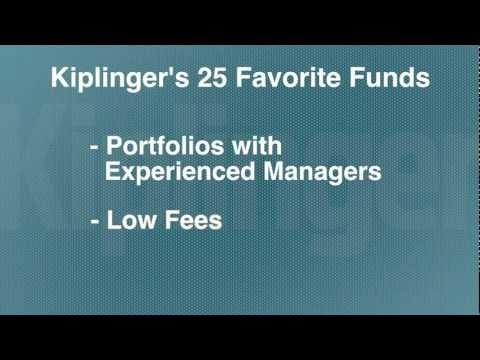Kiplinger Why Dividends Matter
Post on: 16 Март, 2015 No Comment

Kiplinger — Why Dividends Matter
пятница, ноября 26, 2010
Recently, I ran across an article from the May issue of Kiplinger Personal Finance discussing the wisdom of investing in dividend-paying stocks. The information in the article is pretty well-covered territory at Foothills Financial Planning, but a sub-article covering Why Dividends Matter almost sounded like an advertisement for the Camelback Fund. so I decided to summarize the high points.
The article points to five reasons to favor dividend paying companies, using Procter & Gamble as a representative stock. For purposes of full disclosure, P&G is not currently a holding of the Camelback Fund. but it is a significant holding in Warren Buffetts Berkshire Hathaway portfolio, and it has a lot of the characteristics we look for in evaluating candidates for the Camelback Fund.
The high points:
Dividends are big drivers of stock returns
Although the S&P 500 is currently yielding less than 2%, dividends have accounted for 43% of the markets long-term return of nearly 10% annually. At the time of the article the yield for the S&P 500 was 1.9%, and were not far off of that right now.
Dividends can grow
Many companies make it a practice to increase their dividend on a regular basis, typically annually or every other year. Owning these shares on a long-term basis not only ensures that the investor receives the dividend income he or she signed up for, but also that the income will grow over time as the dividend grows. In contrast, the interest payment on bonds — which are another place income-seekers look for a steady paycheck — will never increase. This is a particularly important issue when inflation is factored into the equation. The fact that P&G has raised its dividend an average of 10% per year for a very long time provides reassurance that the income provided from such an investment will outpace inflation in most economic environments.
Dividend-paying stocks enjoy a tax advantage
At least through the end of 2010, dividends are taxed at a 15% rate for taxpayers in most tax brackets, while ordinary income can be taxed at a rate as high as 39.6%. Those in the 10% and 15% brackets pay no tax on qualified dividends.

To be clear, the current favorable tax treatment for dividends is set to expire at the end of 2010. Lately, there has been a lot more indication that they may be extended for a year or two, at least for most taxpayers, but that is far from a done deal. If the tax treatment does expire, rates will return to the rates paid on ordinary income.
Its worth noting that the out-performance that has been attributed to dividend stocks has mostly occurred during times when they were taxed at ordinary income rates, rather than the current lower dividend rate. Nonetheless, the more that goes to taxes, the less the investor keeps.
Dividend-paying stocks tend to be less volatile than non-dividend stocks
While the stock market as a whole has been very volatile in recent times, and dividend payers have not been entirely exempt from that volatility, they tend to move up and down less than the overall market. One backward-looking measure of volatility is beta, which in this case typically refers to how closely a stock tracks with the S&P 500. The article points out that dividend-paying stocks as a whole (i.e. those that pay dividends, big or small) tracked pretty closely over the past 5 years, with a beta of .98. However, Proctor and Gambles beta was only .55.
Bad markets treat dividend-paying stocks more kindly
Dividend-paying stocks tend to maintain their value in down markets more than their non-dividend paying brethren. Perhaps the most eye-opening bit of data offered in the article is the fact that dividend-paying stocks lost only 10.9% in 2002, just after the bursting of the dot com bubble. By contrast, non-payers dropped 30.3%! In fact, P&G actually gained 9.4% in 2002.














